
Maria Temming
Assistant Managing Editor, Science News Explores
Previously the staff writer for physical sciences at Science News, Maria Temming is the assistant managing editor at Science News Explores. She has undergraduate degrees in physics and English from Elon University and a master's degree in science writing from MIT. She has written for Scientific American, Sky & Telescope and NOVA Next. She’s also a former Science News intern.

Trustworthy journalism comes at a price.
Scientists and journalists share a core belief in questioning, observing and verifying to reach the truth. Science News reports on crucial research and discovery across science disciplines. We need your financial support to make it happen – every contribution makes a difference.
All Stories by Maria Temming
-
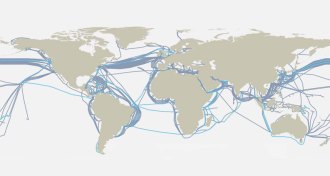 Earth
EarthUnderwater fiber-optic cables could moonlight as earthquake sensors
The seafloor cables that ferry internet traffic across oceans may soon find another use: detecting underwater earthquakes.
-
 Artificial Intelligence
Artificial IntelligenceA new AI can focus on one voice in a crowd
The artificial intelligence can ignore background noise in videos and focus on what a particular person is saying.
-
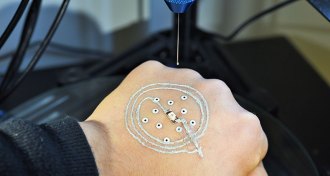 Tech
TechA new 3-D printer builds temporary electronics on your skin
A new 3-D printer that tracks and compensates for your slightest twitch can precisely print simple electronic devices onto your skin.
-
 Astronomy
AstronomyA neutron star crash may have spawned a black hole
The neutron collision that took the astronomical community by storm last year probably created a black hole, researchers say.
-
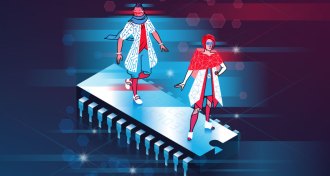 Tech
TechFuture smart clothes could pack serious gadgetry
Casual daywear may someday contain some serious tech. But engineers have to take conventional electronics and make them comfortable to wear.
-
 Health & Medicine
Health & MedicineEven in the shade, a car’s interior can get lethally hot
A car’s interior can get lethally hot on summer days, even when it’s parked in the shade.
-
 Tech
TechFleets of self-driving taxis could be choreographed to cut traffic
Hive-minded self-driving cars could curb traffic congestion and vehicle pollution.
-
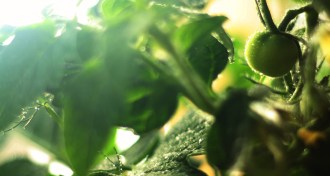 Agriculture
AgricultureNanoparticles could help rescue malnourished crops
Nanoparticles normally used to fight cancer could also be used to treat malnourished crops.
-
 Earth
EarthSatellite data backs theory of North Korean nuclear site collapse
After North Korea’s most recent nuclear test, two underground cave-ins occurred, possibly rendering the facility unusable, a new study suggests.
-
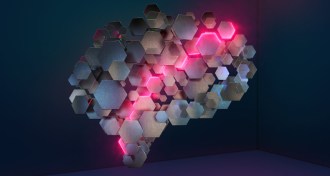 Artificial Intelligence
Artificial IntelligenceThis AI uses the same kind of brain wiring as mammals to navigate
This AI creates mental maps of its environment much like mammals do.
-
 Astronomy
AstronomyNew ideas about how stars die help solve a decades-old mystery
New ideas about stellar evolution help explain why astronomers see so many bright planetary nebulae where they ought not be.
-
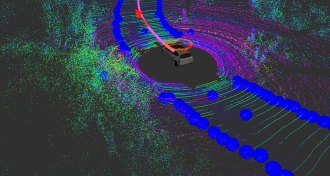 Tech
TechThis self-driving car could one day take you on a real road trip
Most autonomous cars are city drivers. This one’s made for cross-country road trips.